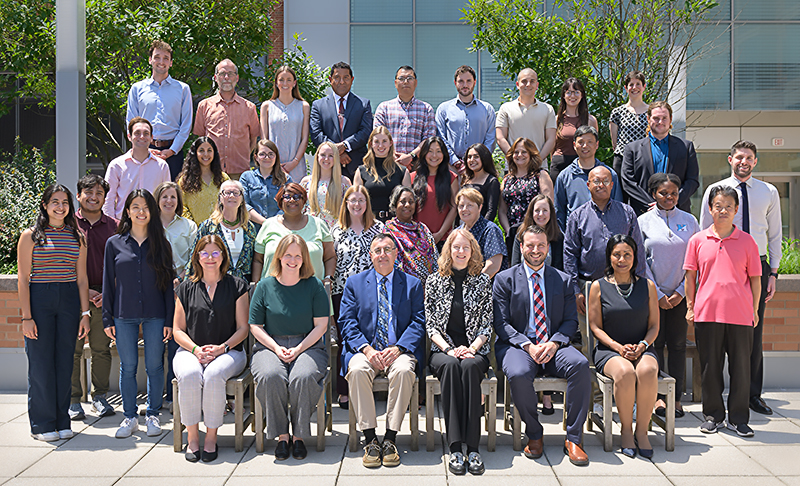About Us

The Experimental Therapeutics & Pathophysiology Branch (ETPB) is part of the National Institute of Mental Health (NIMH), a major research component of the National Institutes of Health (NIH). It is housed at The Mark O. Hatfield Clinical Research Center, an 870,000 square foot complex resting on the 300 acre Bethesda campus of the NIH, near Washington D.C. The Mark O. Hatfield Clinical Research Center is home to inpatient units, day hospitals and research labs, including 242 inpatient beds and 90 day-hospital stations. ETPB research studies utilize state-of-the-art inpatient and outpatient clinical research units dedicated to bipolar disorder, major depressive disorder, and suicide research.
The ETPB conducts clinical research studies on mood disorders with the goals of developing medications that act more rapidly than existing treatments on symptoms of depression and suicide, identifying biomarkers to treatment response, using those biomarkers to predict response to medications and treatments, and understanding the brain mechanisms involved in mood disorders and suicide. Standard antidepressants can take weeks or months to achieve their full effects; however, studies by the ETPB have identified drugs that show improvement from a matter of several days to only a few hours. Understanding how experimental medications work to quickly lift severe, hard-to-treat depressive symptoms may lead to the development of new, faster-acting treatments.
The ETPB uses a wide range of technologies such as brain imaging, electrophysiological, biochemical and genetic studies, and cognitive testing, to help identify brain signatures of potentially promising compounds and of antidepressant and anti-suicidal ideation improvement.
Visit Dr. Zarate’s web page.
